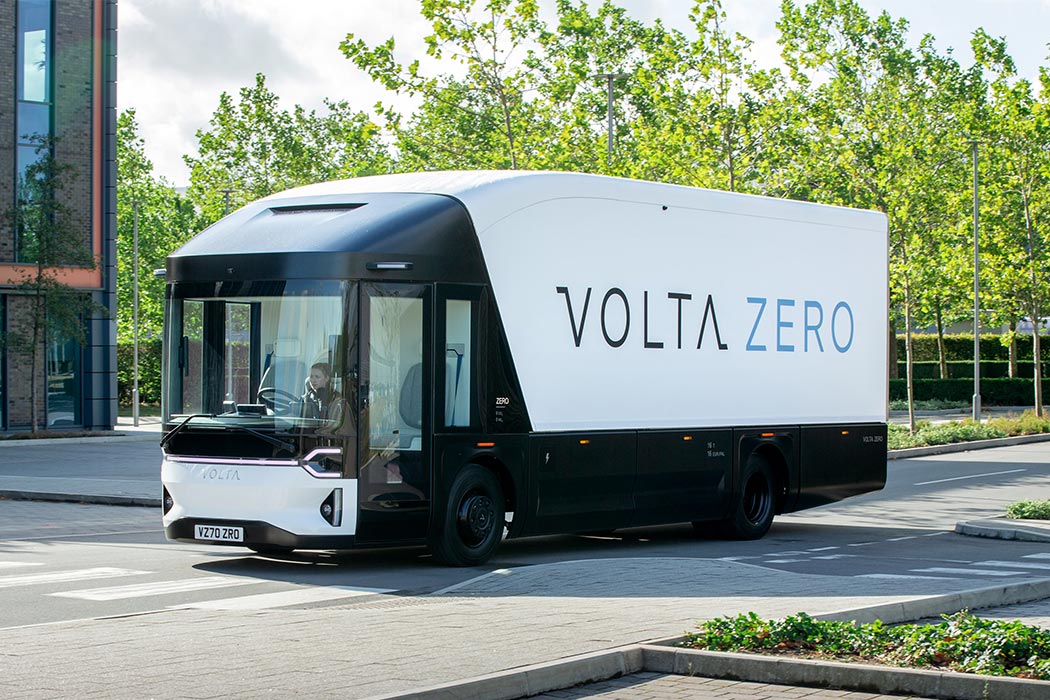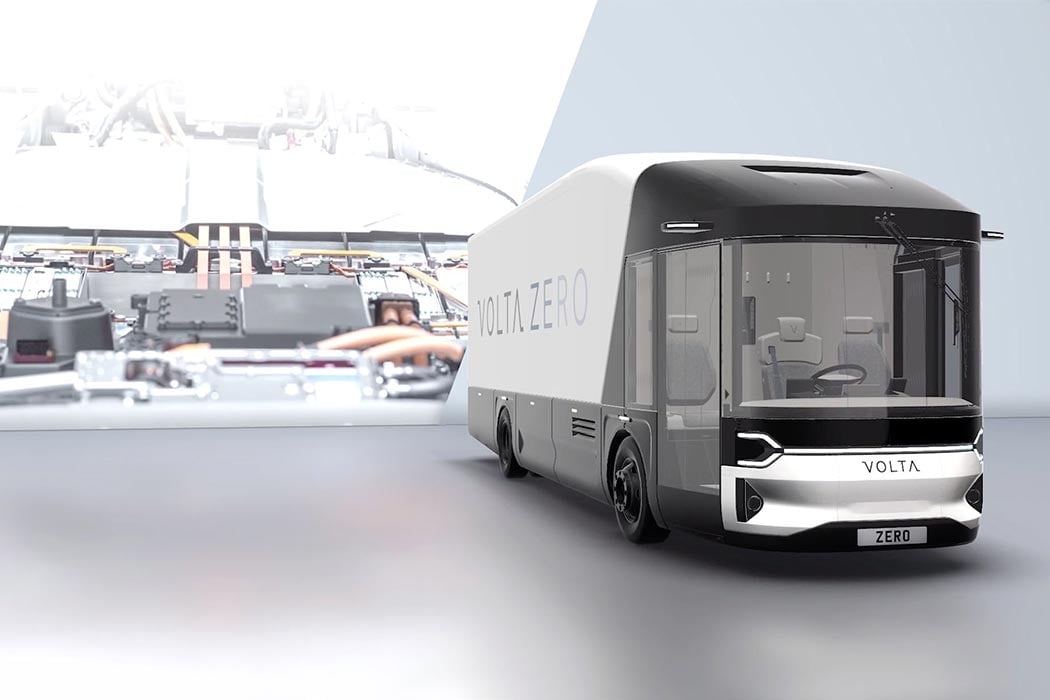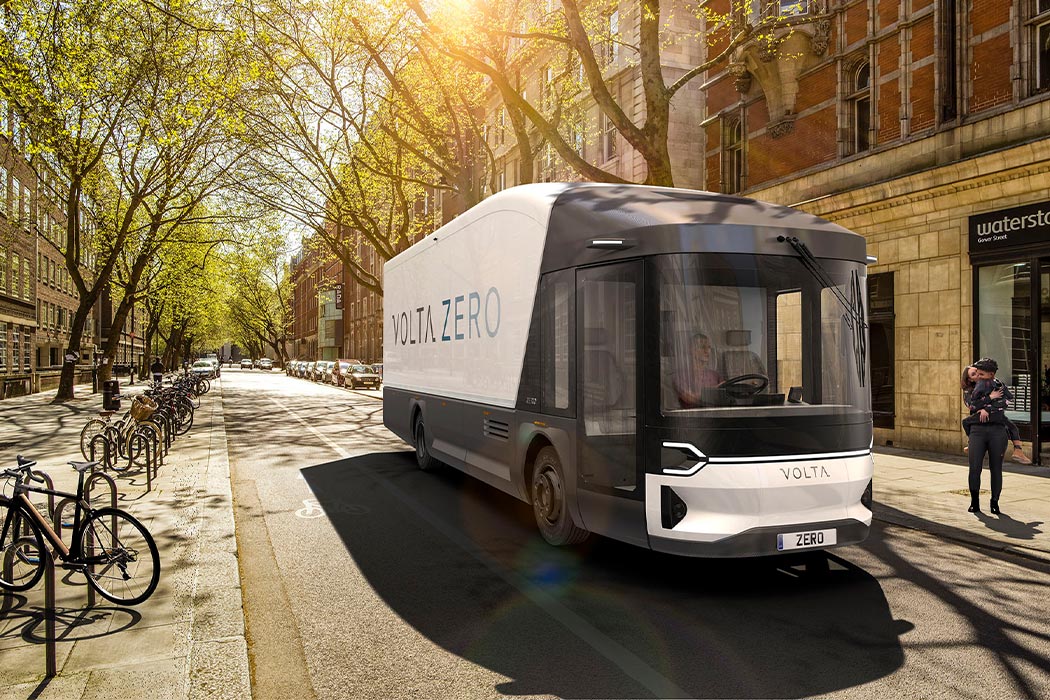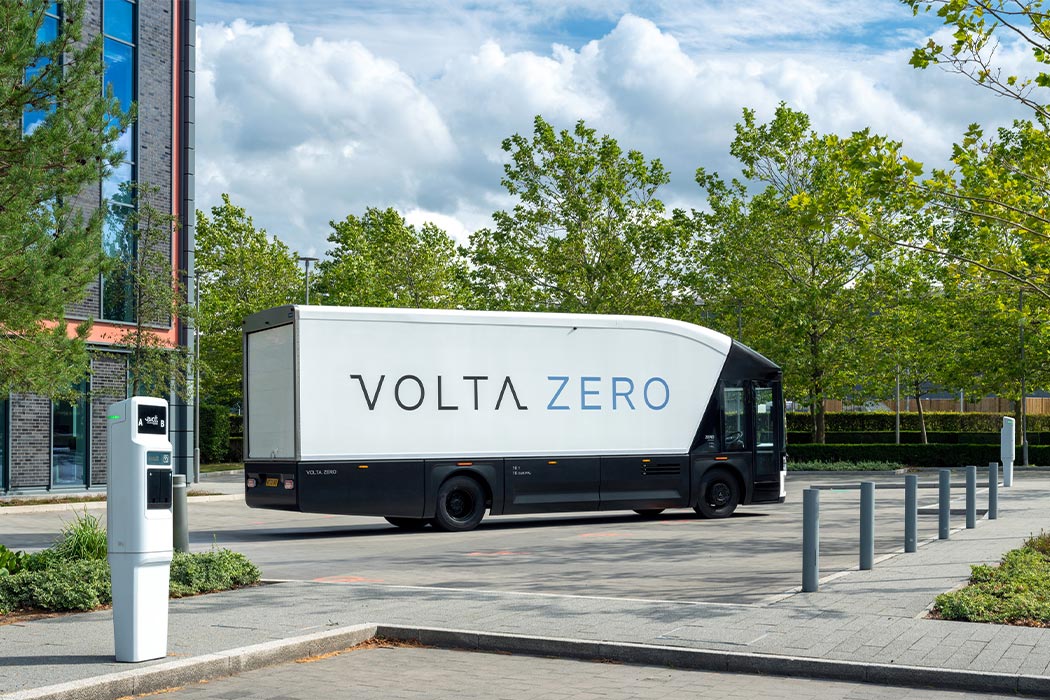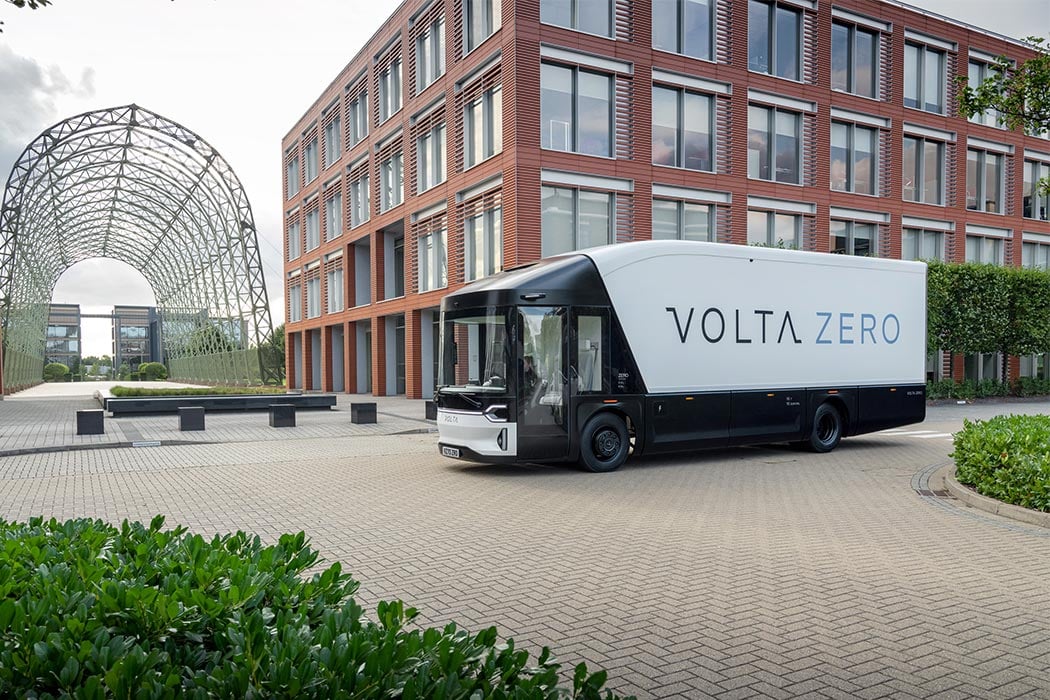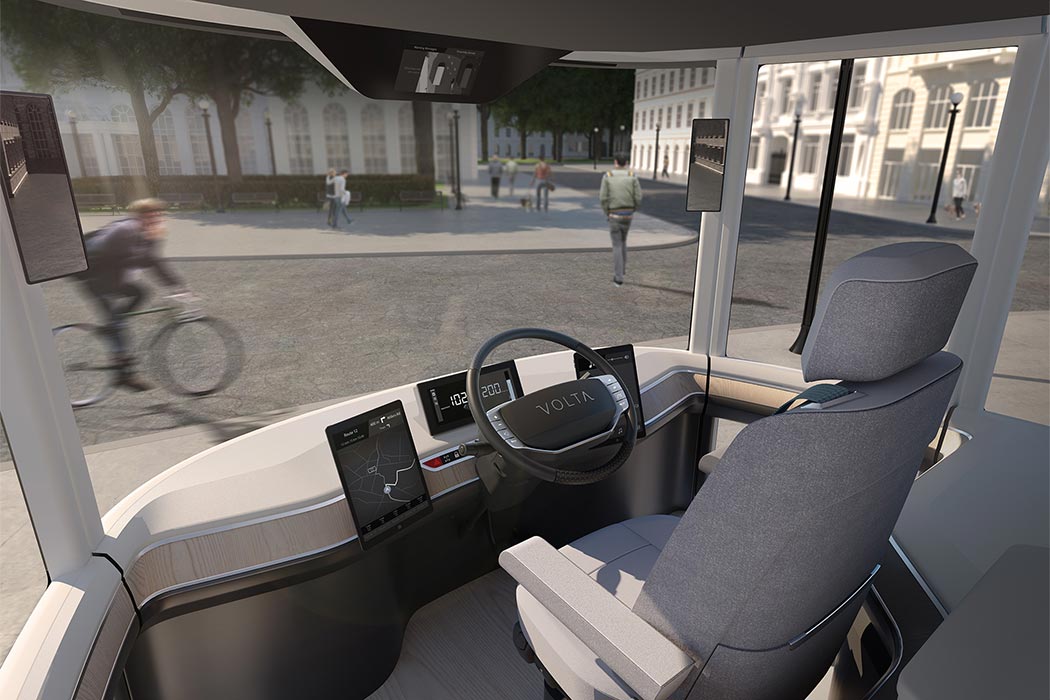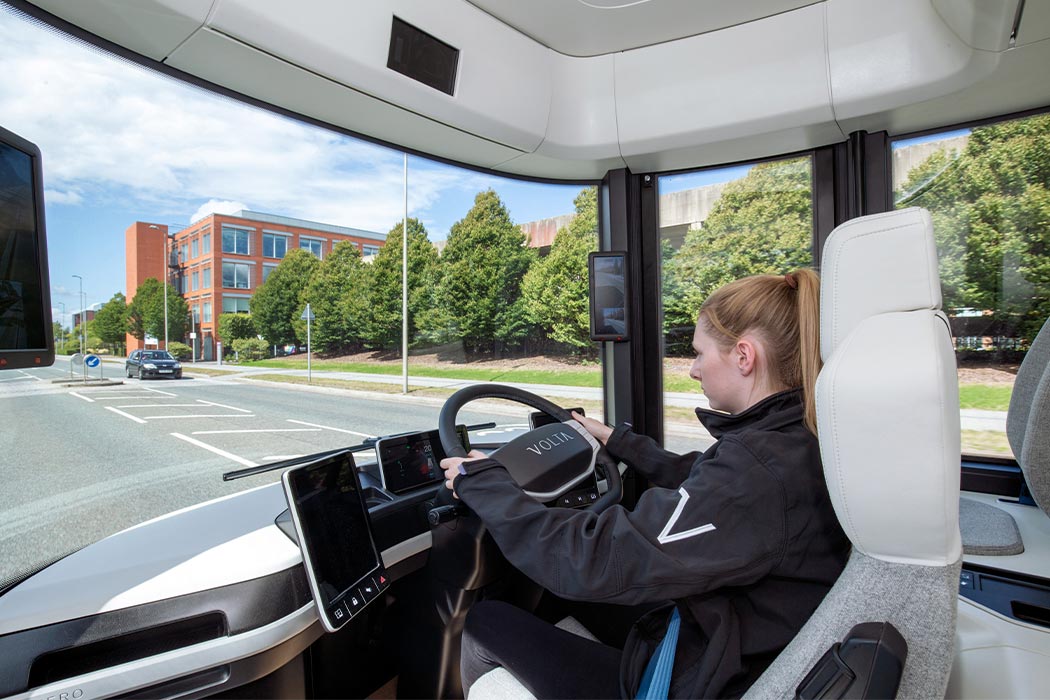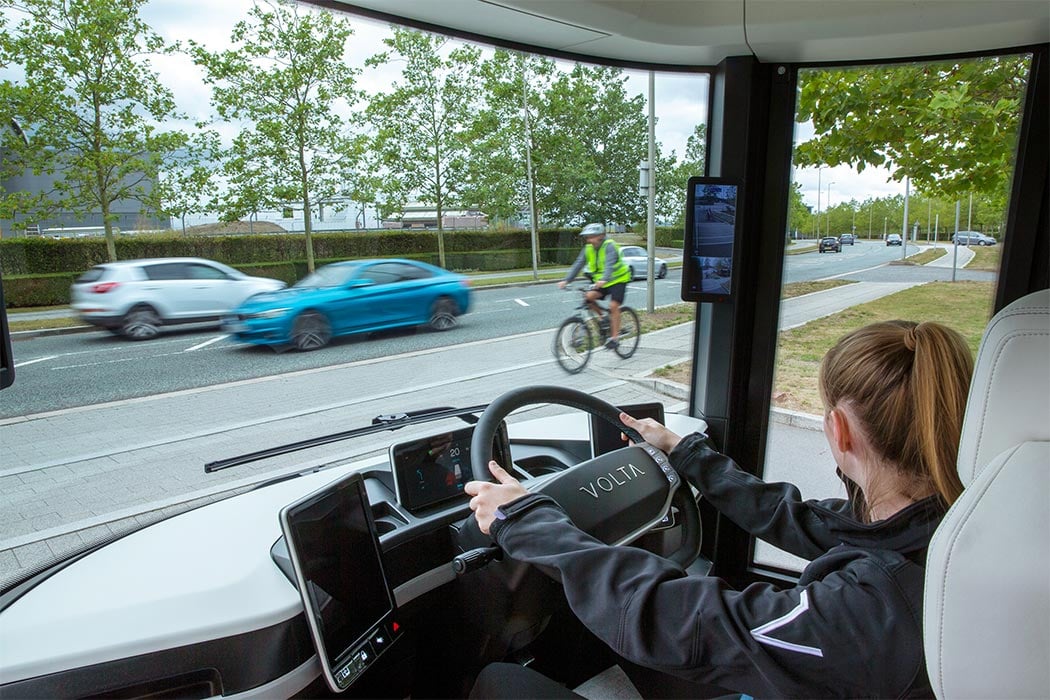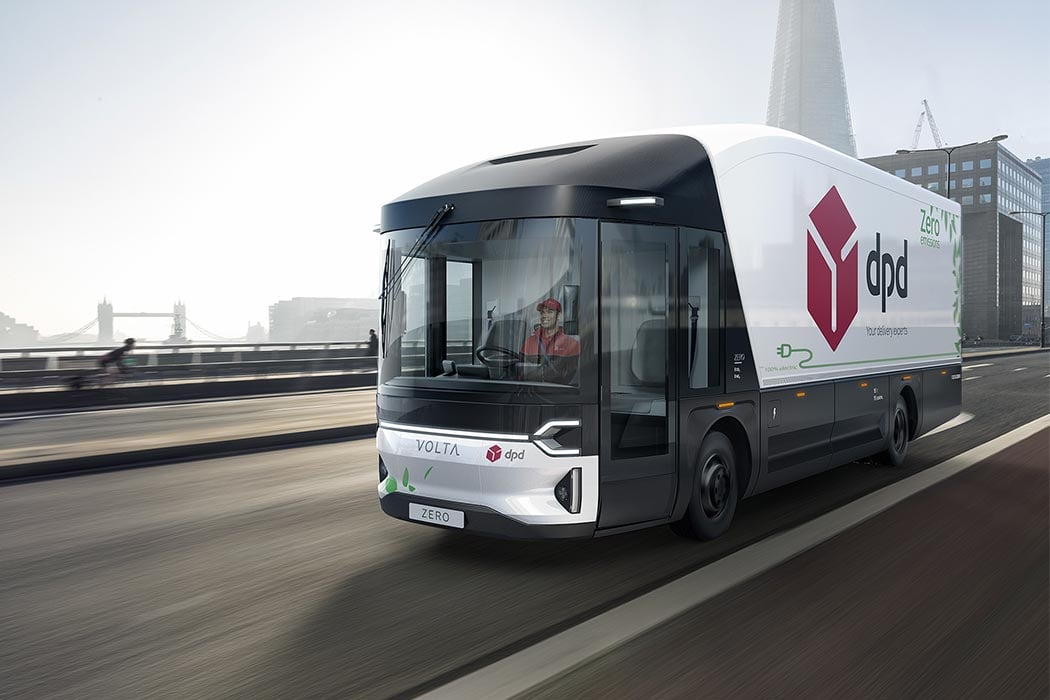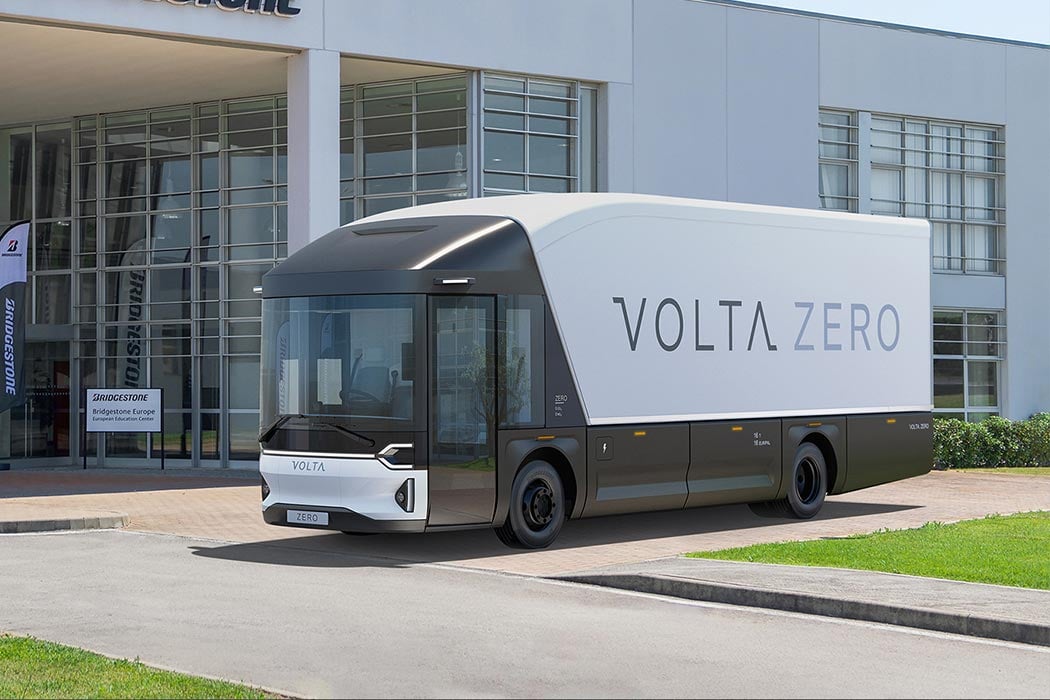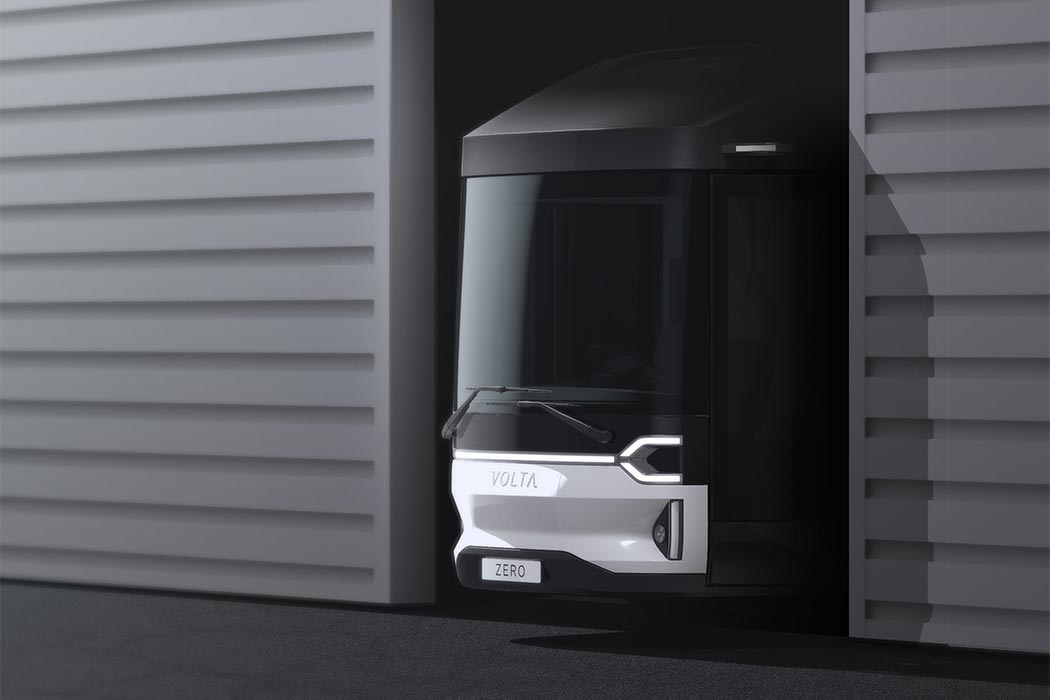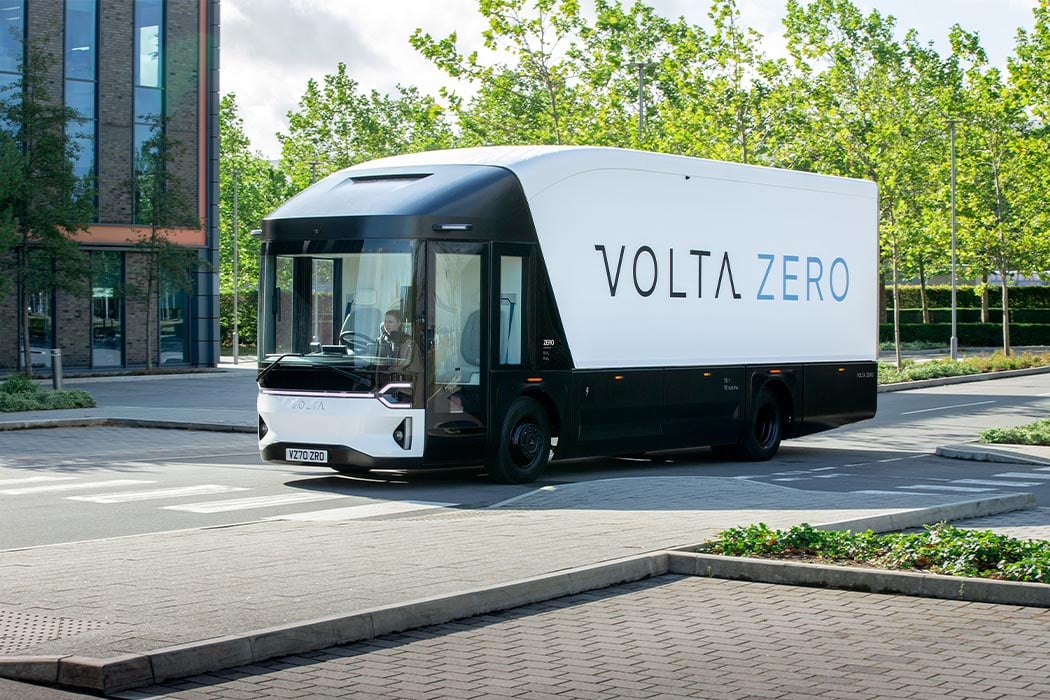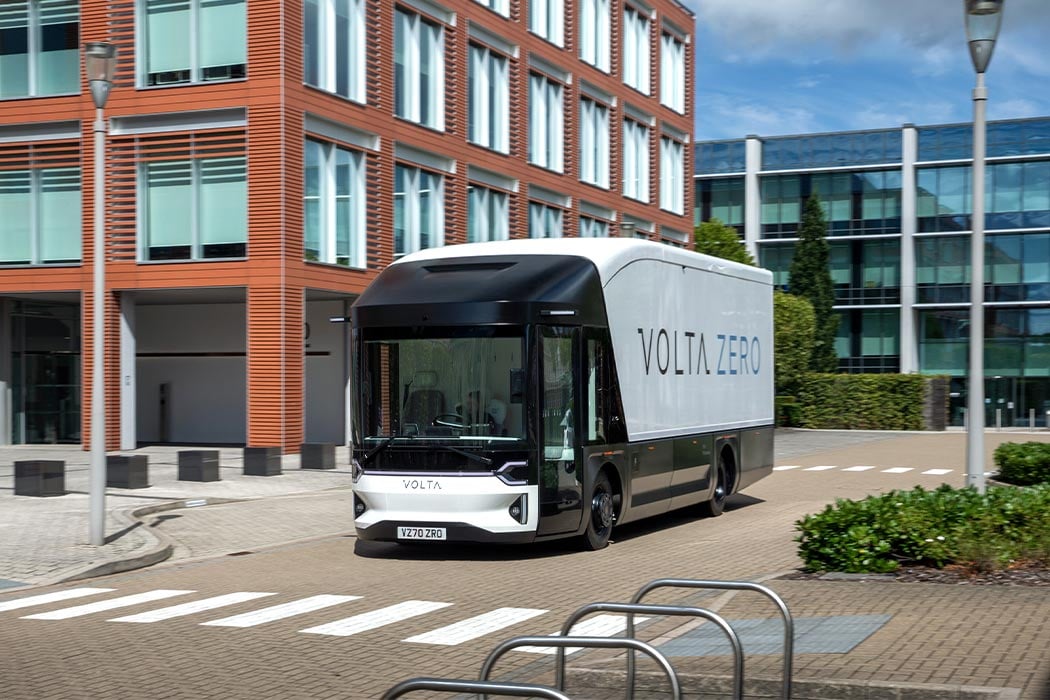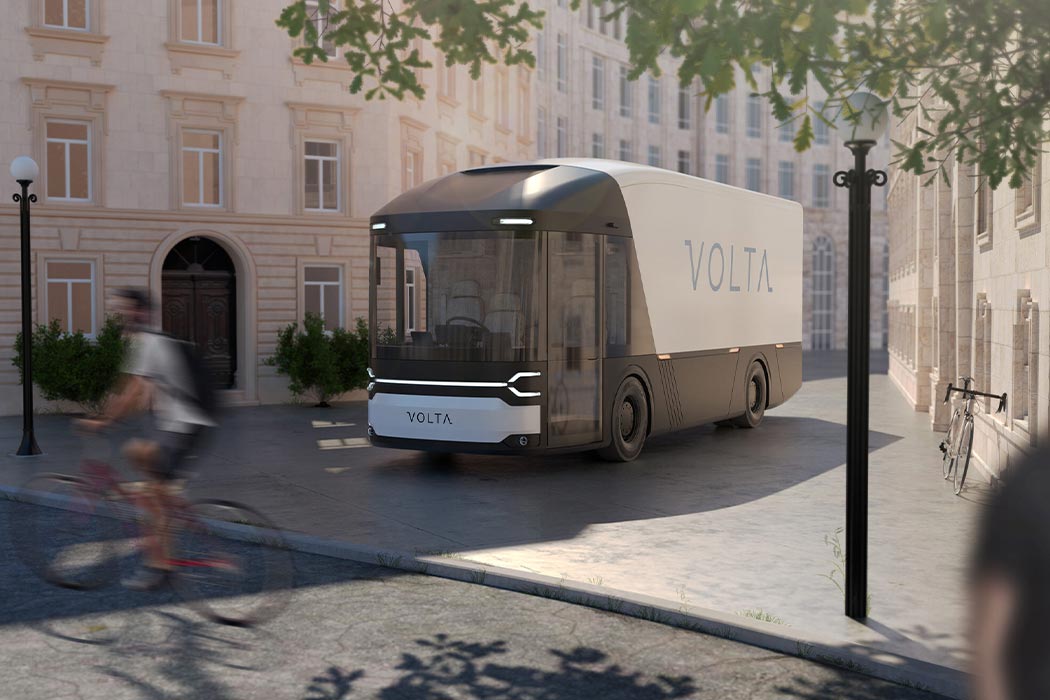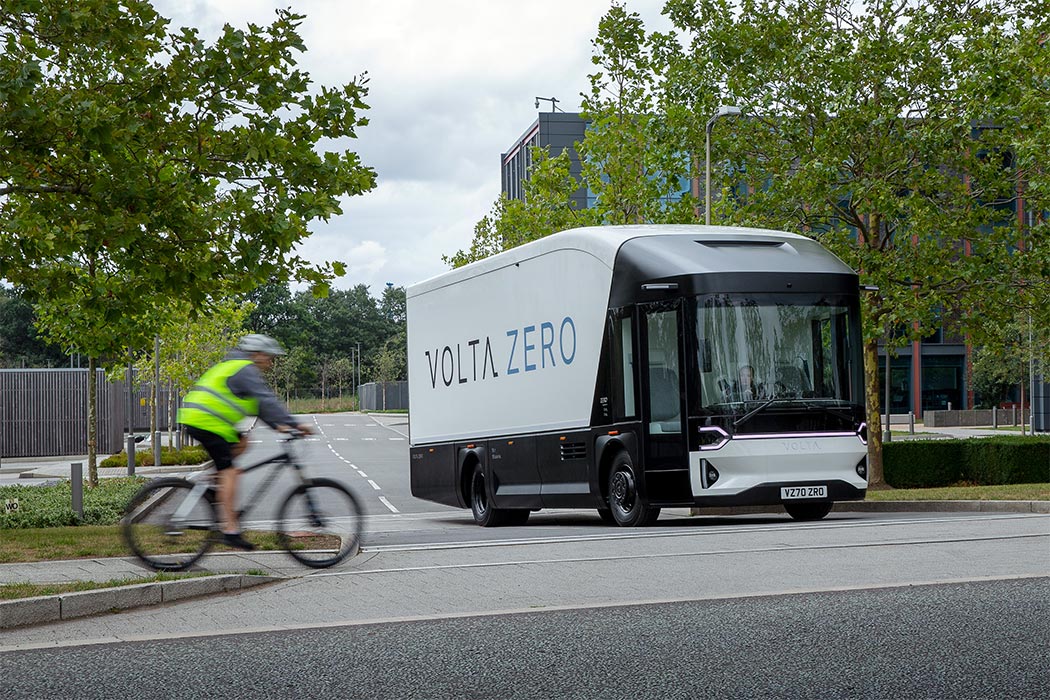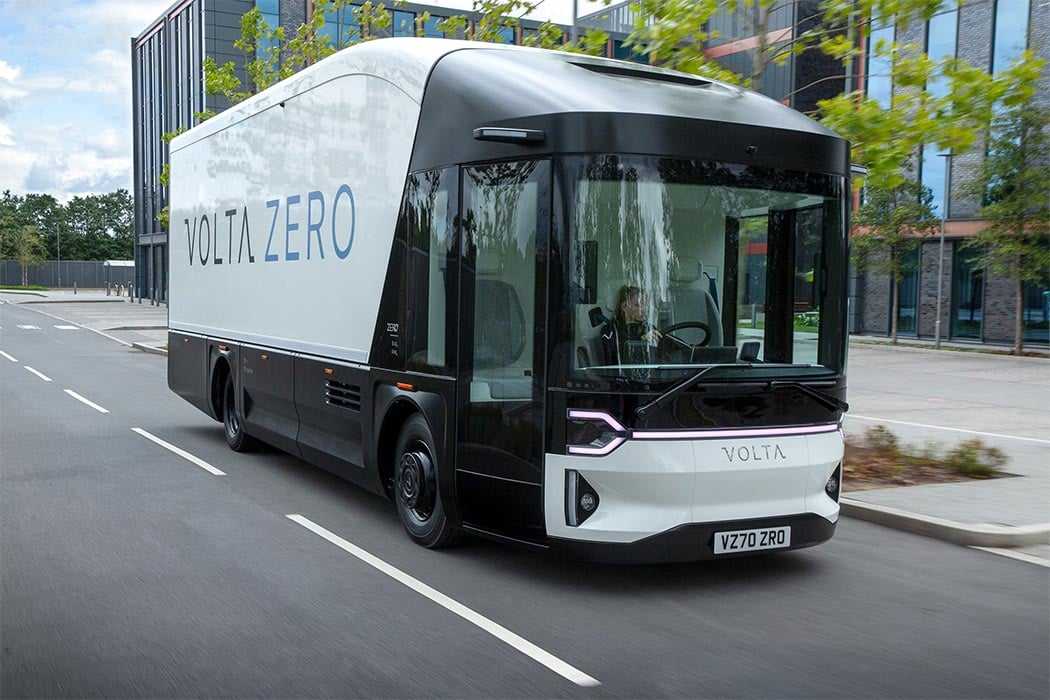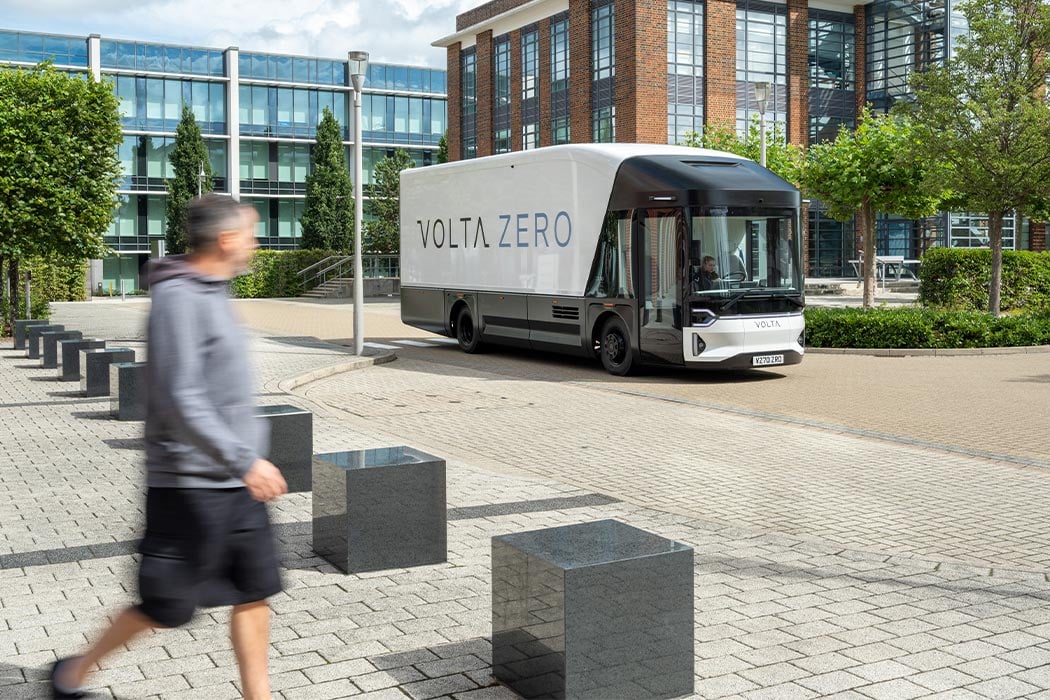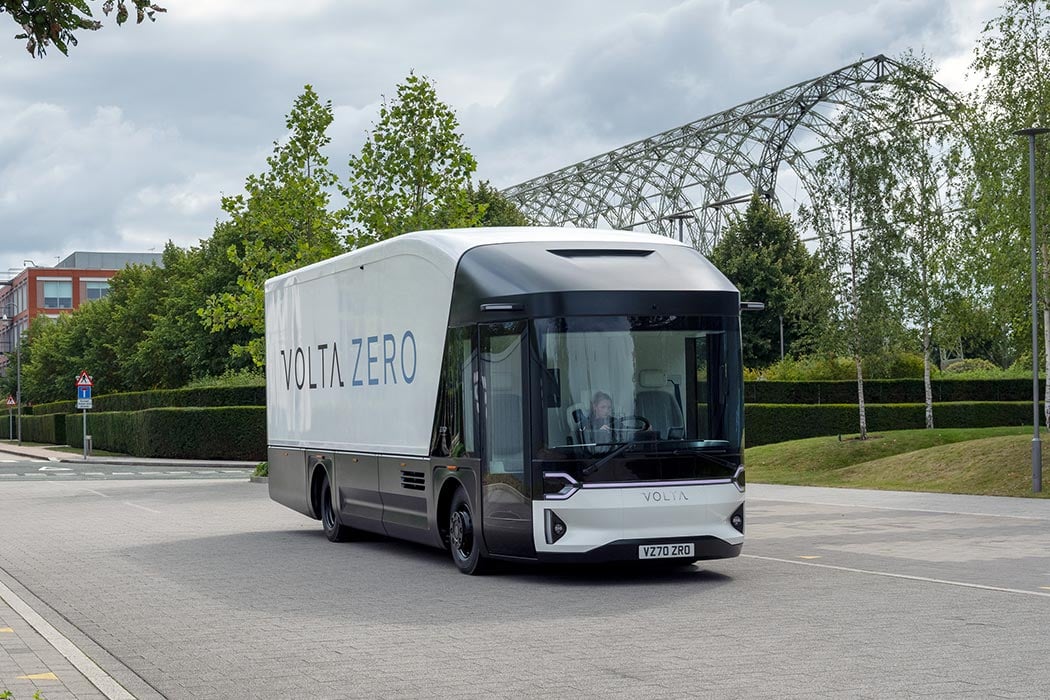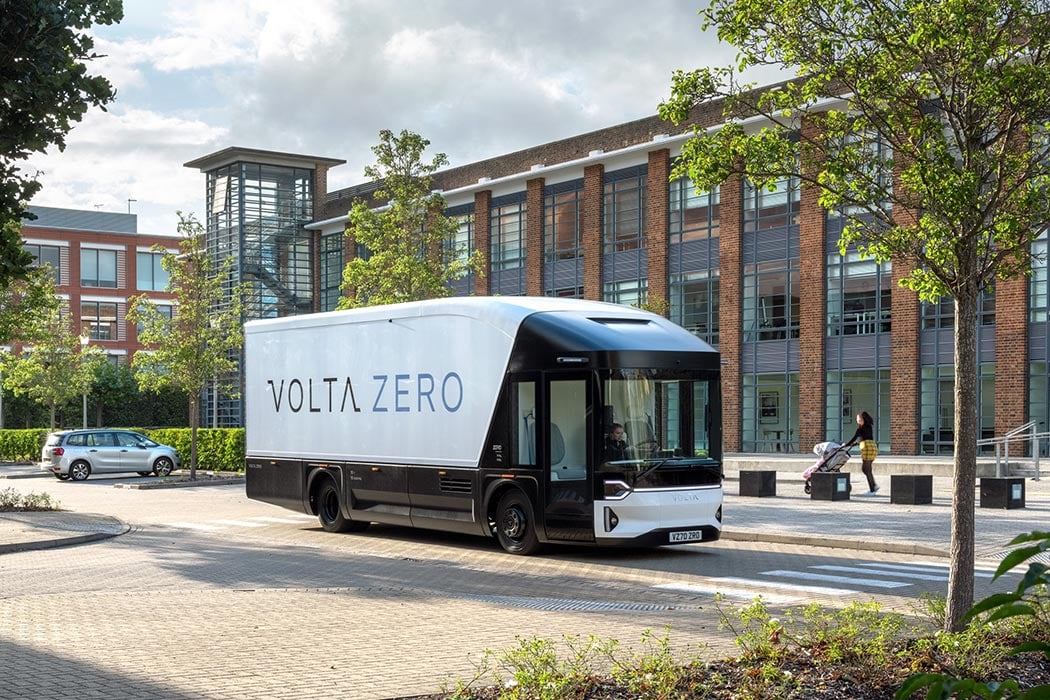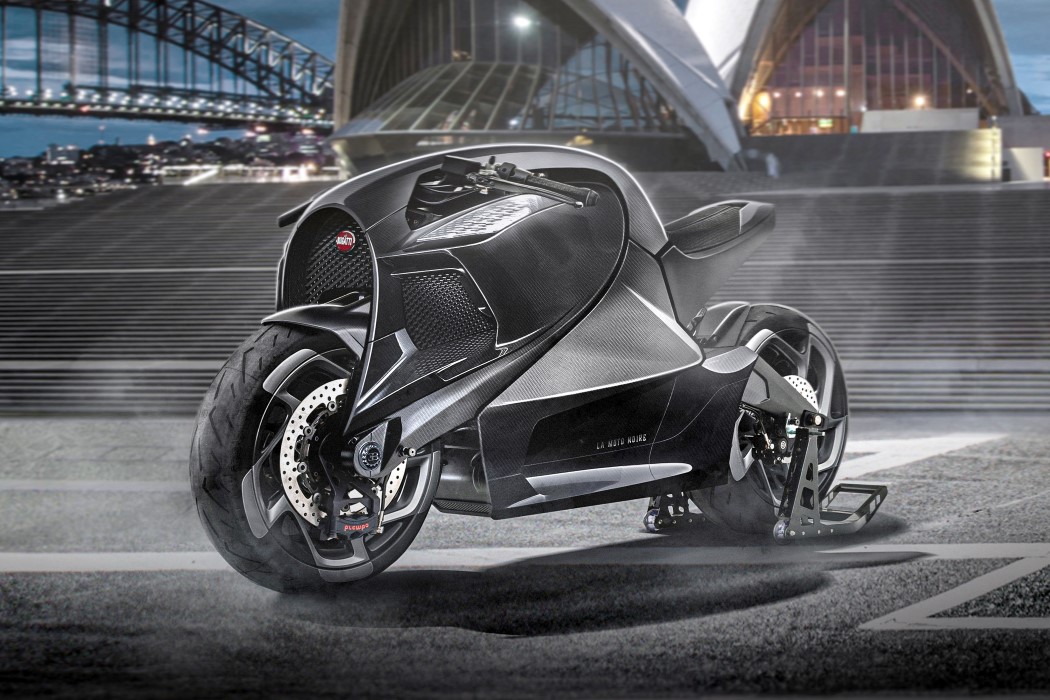
A lot of famous car-brands started off as motorcycle manufacturers who then took to the four-wheel market… BMW, Honda, Skoda, even Opel (remember Opel?) started their legacy on two wheels, before expanding to four. But what if more companies ventured into the motorcycle space just the way Dodge did with its wildly beautiful Tomahawk concept in 2003? Or the uber desirable 2014 LOTUS C-01? At Yanko, we don’t shy away from these bizarre questions… no, rather, we encourage them to fuel our fantasies. Here’s a look at 6 conceptual motorcycles from unlikely brands. These two-wheelers, however, don’t just slap logos onto designs and call it a day, they distill their respective brands’ automotive DNA into something that can be ported onto motorcycle-design. Let’s start with this conceptual Bugatti superbike, shown above.
Without question, the Bugatti Chiron is the ultimate record-breaking hypercar. The Chiron remains the fastest production vehicle in the world, and it’s also one of the most expensive cars on sale today. It’s only fitting that the Chiron be the benchmark for the motorcycle concept’s design… but not just any Chiron. No, this superbike pulls inspiration from the $19-million Bugatti La Voiture Noire. The result is ‘La Moto Noire,’ the fastest (and most expensive) superbike ever made. Bugatti’s iconic Horseshoe grille and C-line form parts of the front assembly and forks of the bike, while the wheels, headlights, and exposed carbon-fiber body panels are lifted directly from La Voiture Noire.
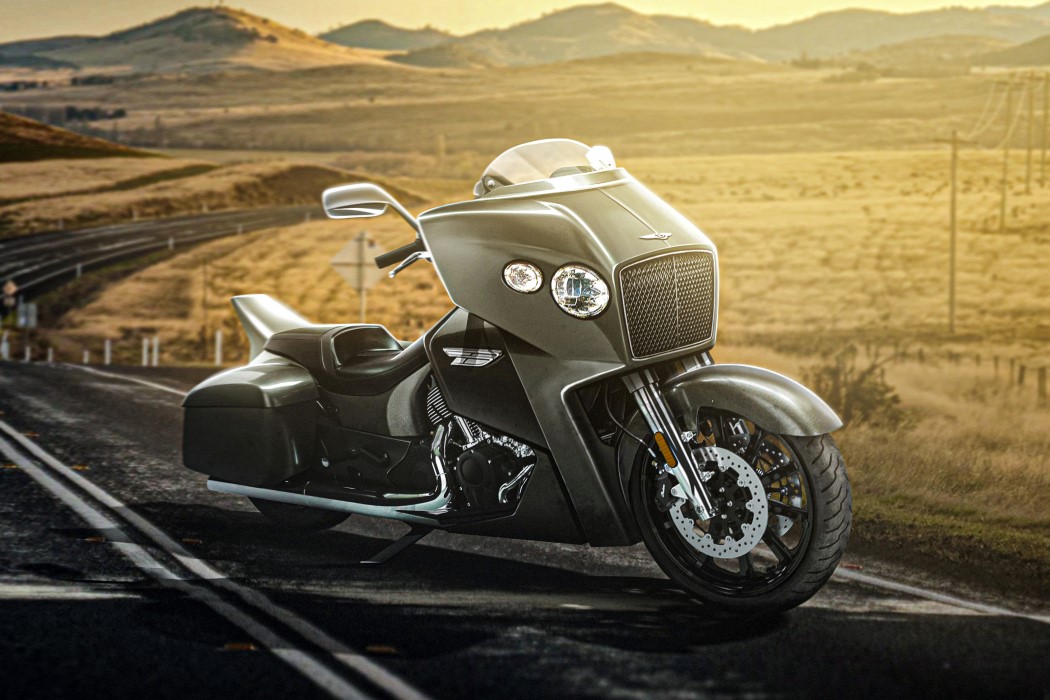
Combine the words Luxury, Comfort, and Motorcycle, and your mind is almost instantly drawn to a touring bike… which makes this type of two-wheeler the best choice for the next brand on this list – Bentley. With its design based on the iconic Bentayga SUV, the Bentley touring bike is a luxurious ride with limousine-like proportions. It offers generous seating for two, and the pair of large saddlebags offer enough cargo room for a short, weekend getaway. All the familiar Bentley styling cues are present, including twin round headlights and a massive front grille – the latter hides a large radiator to cool the bike’s massive V-Twin motor.
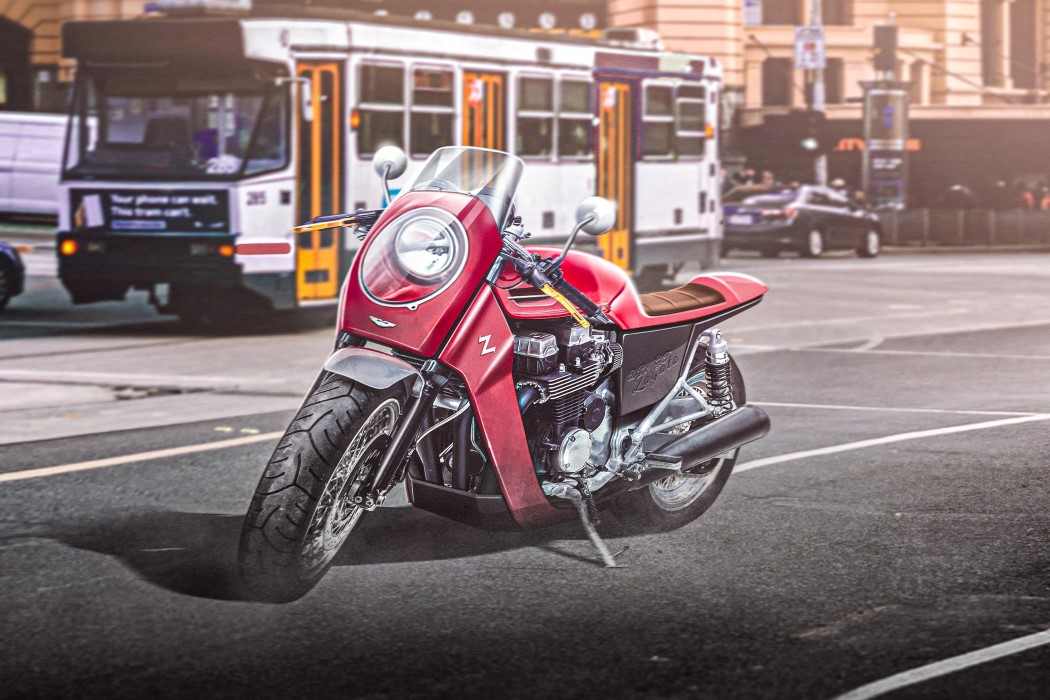
Yes, it’s true that Aston Martin HAS, in fact, forayed into the two-wheeler world with the slick, futuristic AMB 001… but can you really give it serious consideration, especially with its ridiculous $120,000 price tag?? This concept, on the other hand, is more targeted towards hitting the nostalgic nerve, with its retro café racer-inspired styling. For inspiration, the café racer looks to the magnificent DB4 GT Zagato Continuation model, a spectacular automotive gem from the good ol’ days of hand-formed metal and rich nostalgia. In terms of retro appeal, it’s hard to deny the DB4 GT Zagato’s meticulous coachwork. The Aston café racer inherited the gorgeous wired wheels and round headlight design of the DB4. It also has a bulbous gas tank, circular side mirrors, and a smallish windshield to complete the retro vibe.
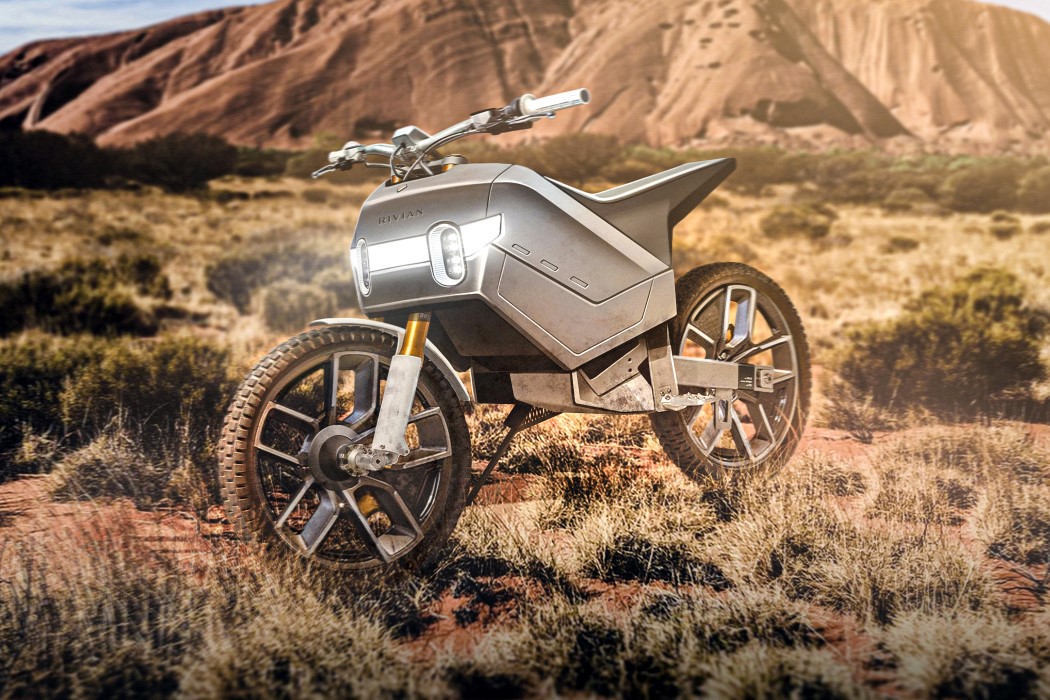
Rivian is making ‘noise’ with its R1T electric pickup truck and R1S SUV. Both vehicles are destined to become the first all-electric off-roaders with genuinely rugged, go-anywhere capabilities. It was only natural that a Rivian motorbike would therefore reflect the future of dirt bikes or eMotorcross. Like the Rivian R1T, this dirt bike concept is all-electric with twin hub-mounted electric motors, a modest battery pack, off-road suspension, and regenerative charging technology. The simple, no-frills design is a definitive nod to the Rivian R1T’s utilitarian roots. And like the R1T, the Rivian dirt bike has oval stadium lights with LED headlamps and a smallish light bar. With only two wheels, the Rivian dirt bike is incapable of making a stationary ‘tank turn’ like the R1T pickup, but it still offers a massive grip and tons of torque to conquer the wild outdoors.
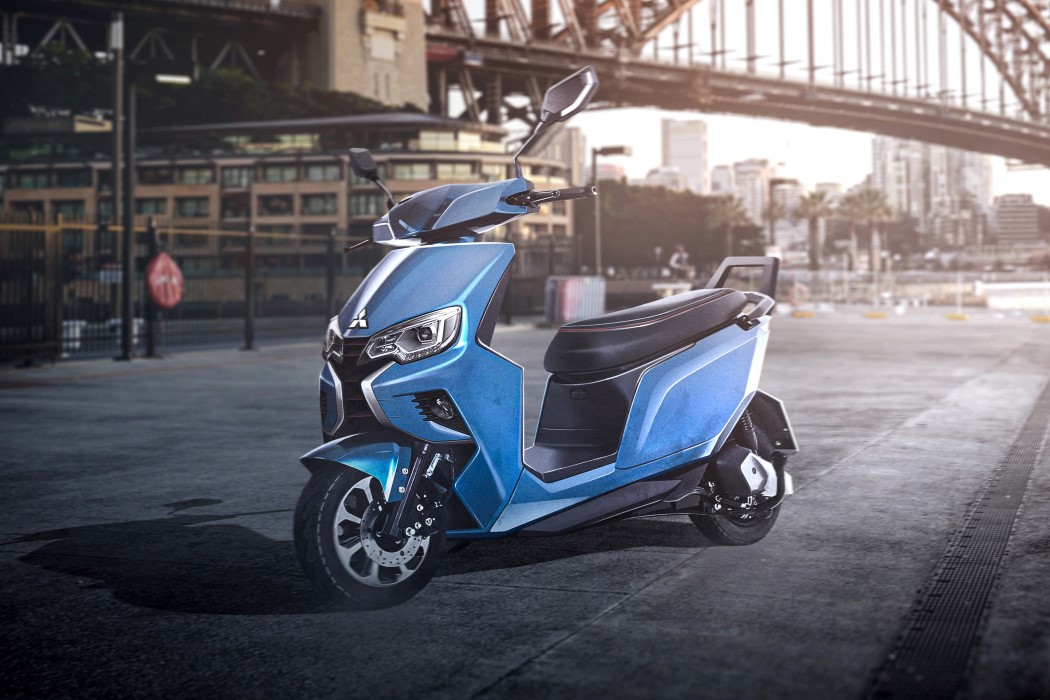
While the Japanese company is much better known for its iconic Lancer, or for the Eclipse or Evo GT, the company’s bread and butter are its practical subcompacts and SUVs… a result of it being partially acquired by Nissan back in 2016. Among the brand’s offerings is the Mitsubishi Mirage, one of the most fuel-efficient, non-hybrid vehicles in the market, capable of achieving 38-43 mpg even with a heavy lead foot. As such, the Mirage definitely has a strong scooter vibe, hence the creation of this Mitsubishi Scooter. Small in size yet packing a large seat, the Mitsubishi scooter has rugged tires, comfortable suspension, and a familiar Dynamic Shield face. And like the Mirage, it gets the job done with minimal fuss. It doesn’t have a dinky three-cylinder motor like the Mirage, but it does have a dinkier 1.0-liter, single-cylinder EFI engine, and a large gas tank to deliver exceptional mileage.

We cap this list with Tesla. I mean, come on… we weren’t going to include Rivian in this list but NOT include the OG electric brand, right? Based on the much-anticipated Tesla Roadster v2.0, this electric superbike goes as fast as it looks. But unlike the incoming Tesla Roadster with its curvy body, the Tesla sports bike has sharper lines akin to a Nighthawk stealth fighter. This conceptual e-beast has twin hub-mounted electric motors, air suspension, massive brakes, and a lower center of gravity. It’s not about how fast the Tesla Sports Bike can go, but how long you can hold on for dear life as you activate its Ludicrous Mode!
Designer: NeoMam Studios for Budget Direct.
Via: Budget Direct

